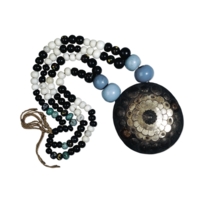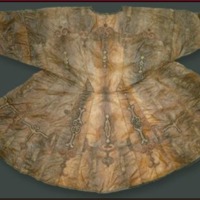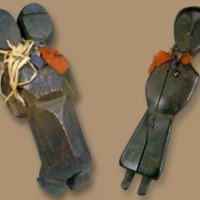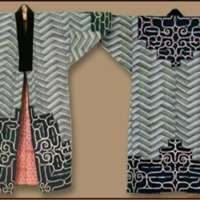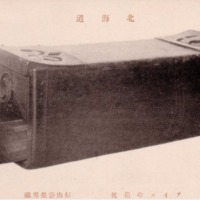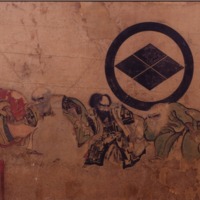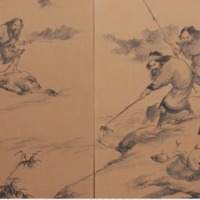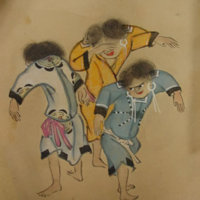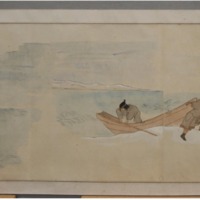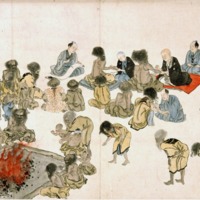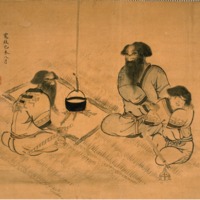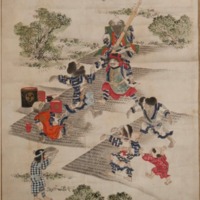Japanese Modernism Across Media
Pre-Meiji Ainu Civilization
The origin of the Ainu has been a deeply discussed topic by anthropologists, as they show characteristics closer to Caucasians rather than Asians. Genetic testing has shown them to still be related to the people living in Japan and Okinawa, and also showed relations to indigenous population in Siberia and Mongolia. Before relations with the Japanese, the Ainu lived as hunter-gatherers in Hokkaido and Northeast Honshu. The involvement with the Japanese gradually started pushing them up north.
It was only starting in the 13th century that records of Ainu and Japanese relations started appearing. Since then, there have been disputes and revolts by the Ainu against the Japanese, such as the Koshamain’s Revolt in 1456 and Shakushain’s Revolt in 1669 to 1672.
During the 1600’s (start of the Tokugawa Period), the numbers of Ainu and Japanese (Matsumae Clan) trades increased significantly. However, epidemics such as smallpox was also brought by the Japanese and the Ainu population dropped significantly until the 1800’s.
There have been drawings of Ainu done by Japanese explorers that visited Hokkaido called Ainu-e, or Ainu illustrations. Ainu-e are meant to be an anthropological record of how Ainu people looked and lived, but they also provide a background on how they were viewed by the Japanese. The Japanese generally regarded the Ainu as strange, barbaric, and savage-like, who were physically and culturally inferior. These prejudices are conveyed by Japanese artists through their depictions of Ainu with bulging eyes, hairy bodies, hunched backs, and almost a creature-like look.
